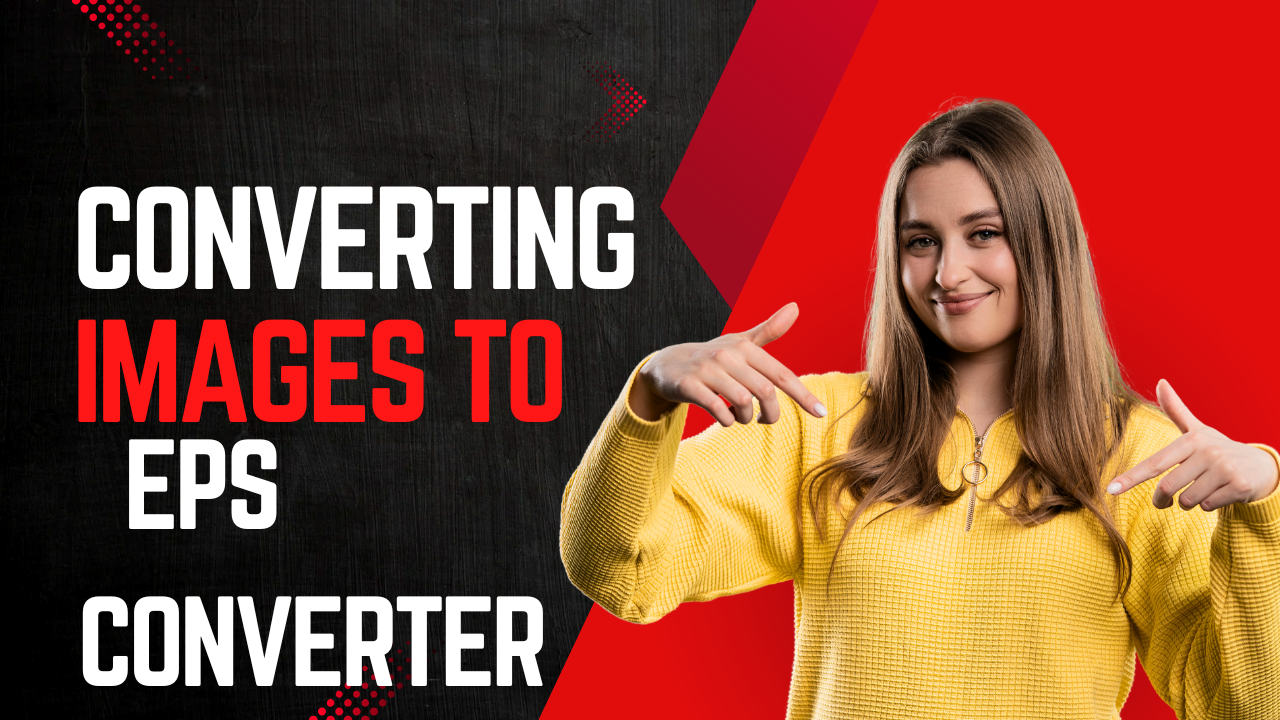In the ever-evolving digital landscape of 2025, where visual content reigns supreme, the demand for high-quality, scalable, and professional-grade graphics has never been higher. Amidst a sea of modern file formats like WebP, AVIF, and HEIC, one classic format has not only endured but thrived: the Encapsulated PostScript (EPS) file. Consequently, the humble "Image to EPS Converter" has transformed from a simple utility into a sophisticated, AI-powered strategic asset for designers, marketers, and businesses alike.
This article explores why converting images to EPS remains crucial in 2025 and what to look for in a modern converter.
Why EPS is Still Relevant in 2025
While newer formats dominate screens, EPS maintains its stronghold in the professional print and vector-based world. Its core advantages are more valuable than ever:
-
Unmatched Scalability: Unlike raster images (JPEG, PNG) that pixelate when enlarged, EPS files (when containing vector data) are mathematically defined. This means they can be scaled to the size of a billboard or shrunk to a business card without any loss of quality. For branding and large-format printing, this is non-negotiable.
-
The Gold Standard for Print: The print industry—from offset to large-format plotters—is built on PostScript. EPS files provide a reliable, universally accepted format that ensures colors and shapes are reproduced accurately, making them the preferred choice for logos, illustrations, and typography in professional publishing.
-
Cross-Platform Compatibility: Despite the rise of new software, industry stalwarts like Adobe Illustrator, CorelDRAW, and CAD programs continue to offer robust support for EPS. It remains a dependable "lingua franca" for transferring vector artwork between different applications and operating systems.
The 2025 Image to EPS Converter: Key Features to Demand
The basic converters of the past are obsolete. In 2025, a top-tier tool offers a suite of advanced features driven by artificial intelligence and cloud computing.
1. AI-Powered Vectorization (Tracing)
The core of a great converter is no longer simple format swapping; it's intelligent interpretation. Modern converters use advanced AI to analyze raster images (like a JPEG photo of a logo) and accurately trace the shapes, lines, and colors to create a clean, editable vector EPS file. Look for converters that offer:
-
Precision Edge Detection: AI that can distinguish between complex backgrounds and the main subject.
-
Color Palette Optimization: Automatic simplification of colors for a cleaner vector output.
-
Artifact Removal: The ability to ignore JPEG compression artifacts and noise during the tracing process.
2. Cloud-Native & Integrated Workflows
Standalone desktop software is no longer the only option. The best converters in 2025 are:
-
Web-Based: Accessible from any device with a browser, eliminating installation and operating system limitations.
-
API-Driven: They offer APIs that allow businesses to integrate batch conversion directly into their digital asset management (DAM) systems, e-commerce platforms, and design software, automating the workflow.
-
Collaborative: Some platforms allow teams to share conversion settings and output files seamlessly.
3. Batch Processing with Smart Automation
Efficiency is key. Modern converters allow you to upload hundreds of images—logos, icons, sketches—and convert them to EPS in a single batch. AI can even pre-select the optimal tracing settings for each image type, saving valuable time.
4. Advanced Pre- and Post-Conversion Editing
A converter is now a mini-studio. Before converting, you can often adjust brightness, contrast, and saturation. After conversion, basic vector editing tools allow you to tweak the resulting paths, merge shapes, or delete unwanted background elements before finalizing the EPS file.
5. Multi-Format Output and Input
While your goal is EPS, a modern tool provides flexibility. It should accept a wide range of inputs (JPEG, PNG, TIFF, WebP, and even PDF) and often allow you to export to other vector formats like SVG or AI, alongside your primary EPS file.
Top Use Cases in 2025
-
Reviving Legacy Logos: A company finds its only existing logo is a low-resolution JPEG on an old website. An AI-powered converter can resurrect it as a crisp, scalable EPS for a brand refresh.
-
E-commerce Scalability: Online retailers automatically convert product illustration PNGs to EPS to ensure perfect quality on high-DPI product packaging and promotional brochures.
-
Academic and Scientific Publishing: Researchers convert complex charts and graphs from PNG to EPS to meet the stringent vector-art requirements of scientific journals.
-
Large Format Signage: A marketing agency needs to blow up a complex design for a trade show booth. Converting key raster elements to EPS guarantees a razor-sharp print.
Looking Ahead: The Future is Seamless
As we move beyond 2025, the line between raster and vector will continue to blur. We can expect converters to become even more intelligent, perhaps integrated directly into operating systems or design software as a native function. The process will become so seamless that the act of "converting" a file will be an invisible, automated step in a larger creative workflow.
Conclusion
In 2025, an Image to EPS Converter is far more than a simple file translator. It is a powerful gateway that bridges the gap between the pixel-based digital world and the precision-demanding realm of professional design and print. By leveraging AI and cloud technology, these modern tools empower creators to future-proof their graphics, maintain brand integrity, and operate with unprecedented efficiency. Choosing the right converter is no longer just a technical decision—it's a strategic one.
